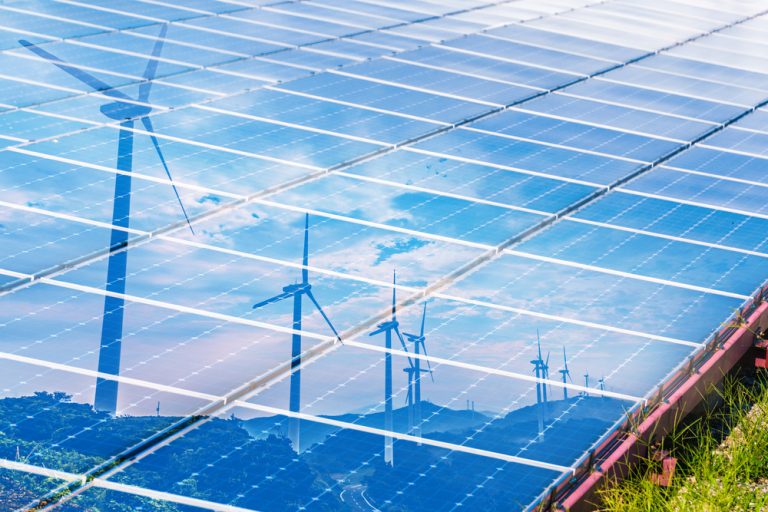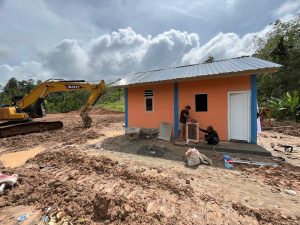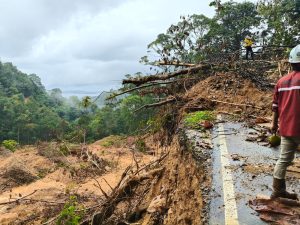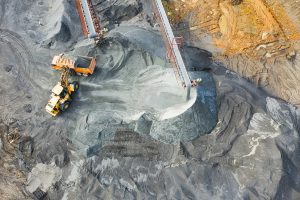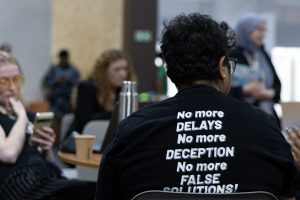Jakarta – The Bali Provincial Government, together with the Institute for Essential Services Reform (IESR), officially launched the Bali Electricity Roadmap Towards Net-Zero Emissions 2045 on Tuesday, 15 July, in Sanur, Bali.
The launch is an important milestone in the clean energy transition on the Island of the Gods, as part of the effort to realise the vision of Bali Net-Zero Emission 2045. The move is in line with Bali’s development philosophy “Nangun Sat Kerthi Loka Bali”, which prioritises the sanctity and harmony of Bali’s nature as the foundation of sustainable development.
“Energy independence is not just a technical necessity, but part of Bali’s identity as an island province that is vulnerable to supply disruptions,” said Ida Bagus Setiawan, representing the Governor of Bali at the launch of the document.
Currently, Bali’s electricity system has a generating capacity of around 1,461 MW, with peak load already reaching 1,200 MW. Thin power reserves and the dominance of fossil fuels – mainly gas and coal – make Bali’s electricity system prone to disruptions.
Bali’s renewable energy potential reaches 22 GW
IESR analysis indicates that Bali has a renewable energy potential of 22.04 GW, primarily driven by 21 GW of solar power, as well as wind (515 MW) and geothermal (127 MW) sources. If fully utilised, Bali’s entire electricity demand, projected to reach 44.71 TWh by 2045, could be met from clean energy sources.
Fabby Tumiwa, Executive Director of IESR, stated that Bali has the opportunity to be the first province in Indonesia to fully use renewable energy, even 15 years ahead of the national target.
IESR analyst Alvin Putra Sisdwinugraha stated that the roadmap implementation is conducted in four phases. First, 2025 to 2029, there will be an additional 1.5 GW of renewable energy capacity from solar, biomass, wind, waste, and mini hydro. Emission reduction is estimated at 2.8 million tonnes of CO₂. The estimated investment is around USD 5.8 billion. Second, between 2030 and 2034, there will be an additional 1.4 GW of generation and 400 MWh of energy storage systems. The estimated cost is around USD 1.7 billion.
The third phase, from 2035 to 2039, will add an additional 1.24 GW of capacity. Emissions can be reduced by 9 million tonnes of CO₂. Investment is around USD 1.76-4.76 billion. In the last phase, from 2040 to 2045, there will be an expansion of capacity to 17 GW and a 54 GWh storage system. Estimated investment: USD 35 billion.
IESR’s five key strategies
To realise this roadmap, IESR proposes integrating the roadmap into regulations and regional development plans, as well as improving renewable energy procurement systems, including accelerating the adoption of household and commercial-scale rooftop solar PV. The next strategy, IESR said, is to strengthen local capacity through the establishment of clean energy training and research centres, and to regulate and adopt new technology by drafting supporting regulations for technological trials and innovations. Finally, community empowerment through support for clean energy initiatives at the village and community level.
Fabby emphasised the important role of PLN and technical ministries such as MEMR, the Ministry of Finance, Bappenas, as well as the private sector and donor agencies in making this transition a success. (Hartatik)
Banner photo: metamorworks/shutterstock.com

